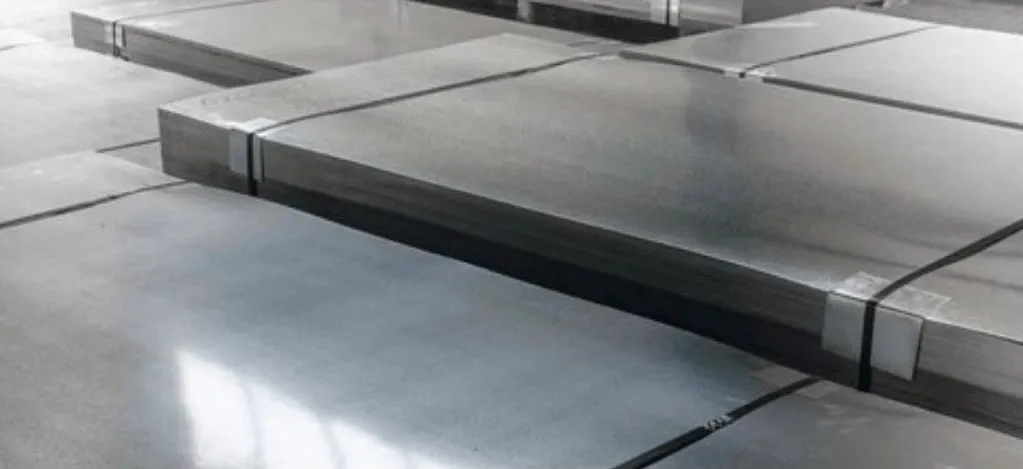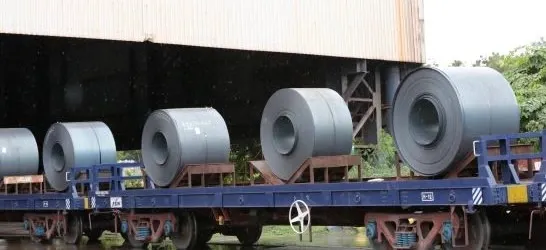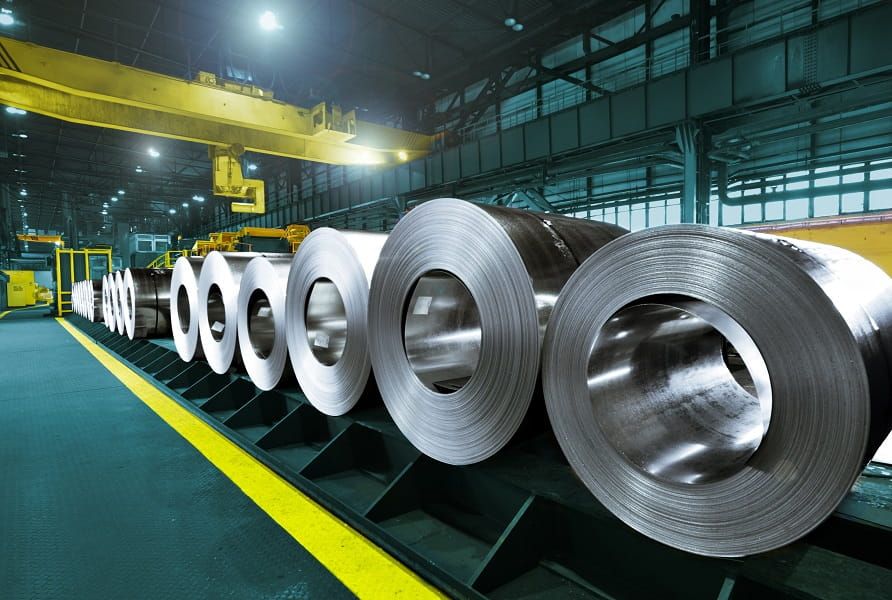Cold Rolled Mild Steel
Found 6 results
Brand: JSW Steel
Thickness
0.35 - 3 mm
Width
625 - 1880 mm
Length
500 - 12000 mm
Delivery in 2 - 5 days

Brand: JSW Steel
Thickness
0.35 - 3 mm
Width
900 - 1880 mm
Delivery in 2 - 5 days

Brand: JSW Steel
Thickness
0.35 - 3 mm
Width
625 - 1880 mm
Length
500 - 12000 mm
Delivery in 2 - 5 days

Brand: JSW Steel
Thickness
0.35 - 3 mm
Width
900 - 1880 mm
Delivery in 2 - 5 days

Brand: JSW Steel
Thickness
0.35 - 3 mm
Width
900 - 1880 mm
Delivery in 2 - 5 days

Brand: JSW Steel
Thickness
0.35 - 3 mm
Width
900 - 1880 mm
Delivery in 2 - 5 days



 +91 7208055523
+91 7208055523
 Help & support
Help & support
